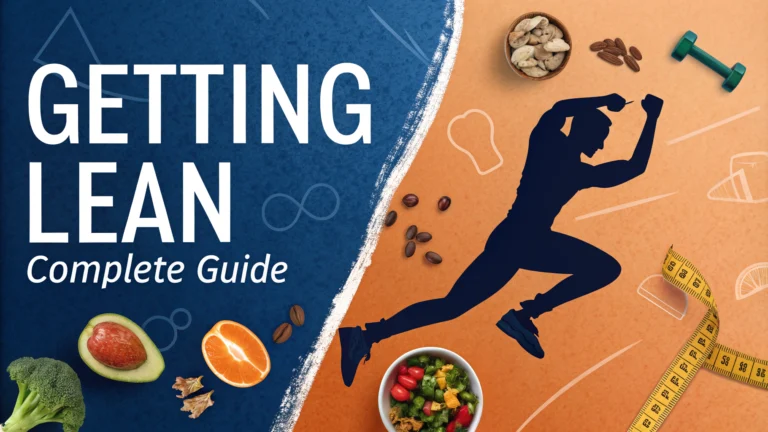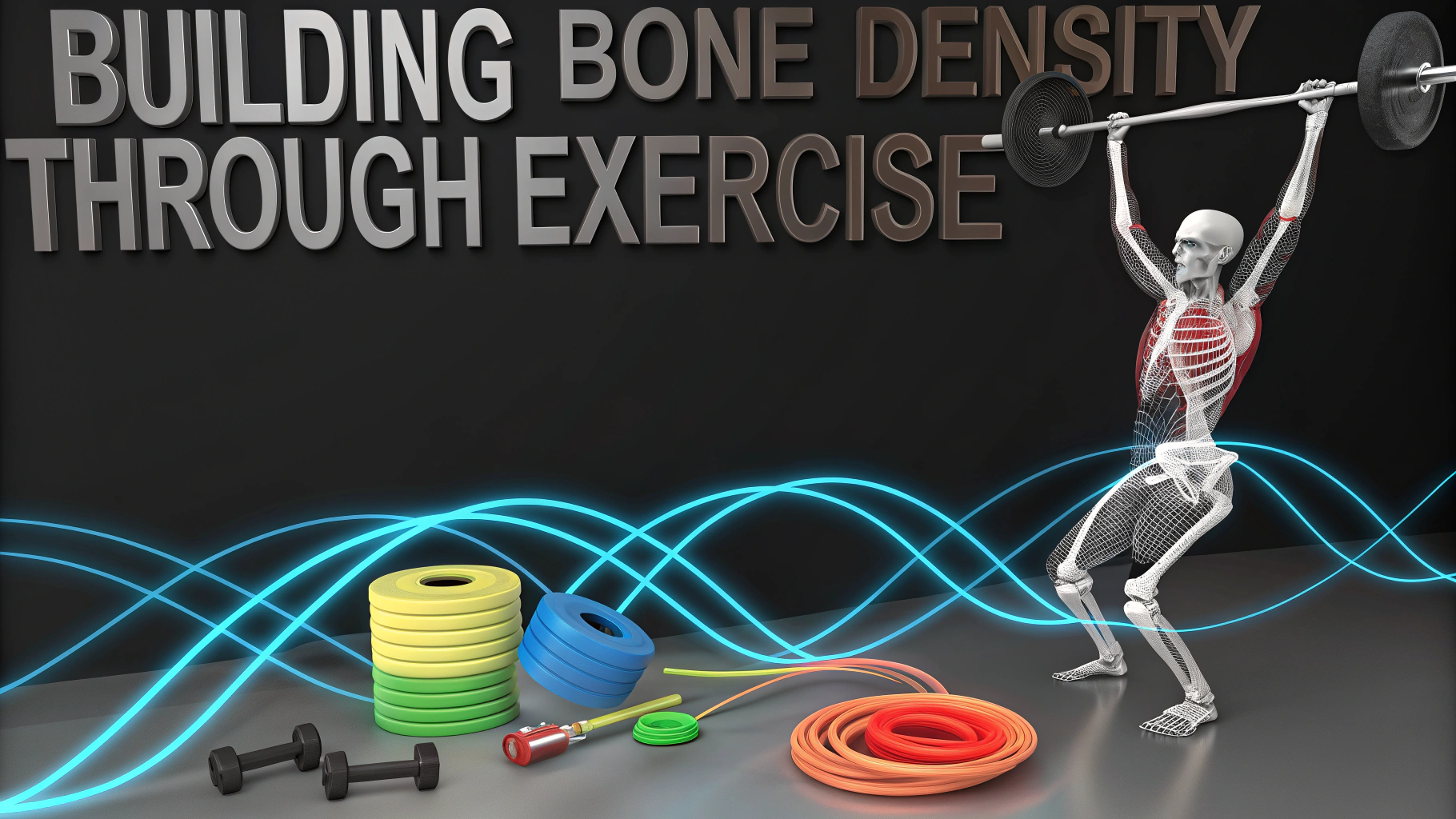Getting lean means reducing body fat while maintaining muscle mass through smart training and nutrition choices.
Fundamental Principles
A successful lean body transformation requires both a caloric deficit and adequate protein intake.
- Calculate maintenance calories (bodyweight x 15 for moderately active people)
- Create a modest deficit of 300-500 calories per day
- Consume 0.8-1g protein per pound of bodyweight
- Include strength training 3-4 times per week
Nutrition Guidelines
Focus on nutrient-dense whole foods that keep you feeling full.
| Food Category | Best Options |
|---|---|
| Protein | Chicken breast, fish, lean beef, eggs, tofu |
| Carbs | Sweet potatoes, oats, quinoa, brown rice |
| Fats | Avocados, nuts, olive oil, fatty fish |
| Vegetables | Broccoli, spinach, bell peppers, Brussels sprouts |
Training Strategy
Combine resistance training with strategic cardio for optimal fat loss.
- Perform compound exercises (squats, deadlifts, bench press)
- Maintain intensity with 8-12 reps per set
- Add 2-3 HIIT sessions weekly
- Include recovery days to prevent burnout
Sample Weekly Schedule
- Monday: Upper body strength + 20 min HIIT
- Tuesday: Lower body strength
- Wednesday: Rest or light cardio
- Thursday: Full body workout
- Friday: HIIT + core work
- Weekend: Active recovery (walking, swimming)
Progress Tracking
Monitor your progress using multiple metrics beyond the scale.
- Take progress photos every 2 weeks
- Measure body parts monthly
- Track workout performance
- Log food intake using apps like MyFitnessPal
Common Mistakes to Avoid
- Cutting calories too drastically
- Neglecting strength training
- Overrelying on cardio
- Not getting enough sleep
- Skipping meals
For personalized advice, consult a certified fitness professional (find one through ACE Fitness Directory).
Recovery and Rest
Quality sleep and stress management play key roles in body composition changes.
- Aim for 7-9 hours of sleep
- Practice stress-reduction techniques
- Stay hydrated (drink water throughout the day)
- Consider foam rolling for muscle recovery
Remember to adjust your approach based on results and energy levels, making small changes as needed.
Supplements for Getting Lean
While whole foods should be your primary focus, certain supplements can support your lean-body goals.
- Whey protein for muscle retention
- Creatine monohydrate for strength
- BCAAs for recovery
- Fish oil for inflammation management
Lifestyle Adjustments
Success requires more than just diet and exercise – implement these daily habits:
- Meal prep on weekends
- Keep healthy snacks accessible
- Schedule workouts like meetings
- Find an accountability partner
Plateaus and Solutions
Common Plateau Causes
- Metabolic adaptation
- Training monotony
- Hidden calorie creep
- Insufficient recovery
Breaking Through
- Implement diet breaks every 8-12 weeks
- Rotate exercise selection
- Adjust meal timing
- Reassess calorie needs
Conclusion
Getting lean is a systematic process requiring patience, consistency, and attention to detail. Focus on sustainable habits rather than quick fixes. Monitor progress, adjust as needed, and remember that small daily actions lead to significant transformations over time.
- Start with fundamentals
- Be consistent with nutrition
- Train intelligently
- Track progress
- Make adjustments based on results
FAQs
- What exactly does “getting lean” mean in fitness terms?
Getting lean refers to the process of reducing body fat while maintaining or building muscle mass, resulting in a more defined physique with visible muscle definition. - How long does it typically take to see results when trying to get lean?
With proper nutrition and consistent exercise, visible results typically appear within 8-12 weeks, though individual results vary based on starting point, genetics, and adherence to program. - What’s the ideal macronutrient ratio for getting lean?
A common ratio is 40% protein, 30% carbohydrates, and 30% fats, but this can be adjusted based on individual needs. Protein intake should be around 1.6-2.2g per kg of body weight. - Should I do more cardio or weight training to get lean?
Both are important. Weight training preserves muscle mass during fat loss, while cardio helps create a caloric deficit. Aim for 3-4 weight training sessions and 2-3 cardio sessions weekly. - What’s the safest rate of fat loss when getting lean?
A safe and sustainable rate of fat loss is 0.5-1% of body weight per week, which typically equals 1-2 pounds for most people. - How important is sleep when trying to get lean?
Sleep is crucial as it regulates hormones like cortisol and growth hormone, affects hunger hormones, and impacts recovery. Aim for 7-9 hours per night. - Do I need to cut out all carbs to get lean?
No, carbohydrates are important for energy and performance. Focus on complex carbs from whole foods and time them around workouts for optimal results. - What’s the role of protein in getting lean?
Protein helps preserve muscle mass during fat loss, increases satiety, has a higher thermic effect, and supports recovery from workouts. - Should I do fasted cardio to accelerate fat loss?
While fasted cardio can work, research shows similar fat loss results whether cardio is performed fasted or fed. Choose timing based on personal preference. - How do I avoid losing muscle while getting lean?
Maintain high protein intake, continue resistance training with progressive overload, avoid excessive caloric deficits, and ensure adequate rest and recovery.








